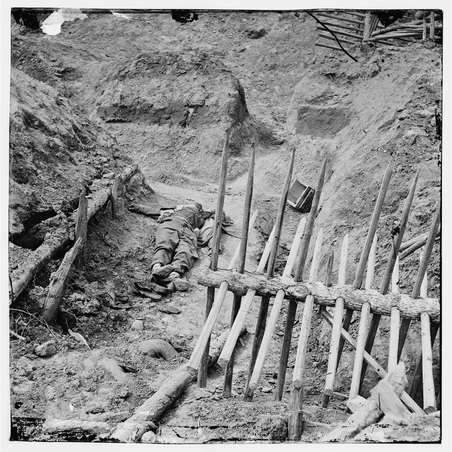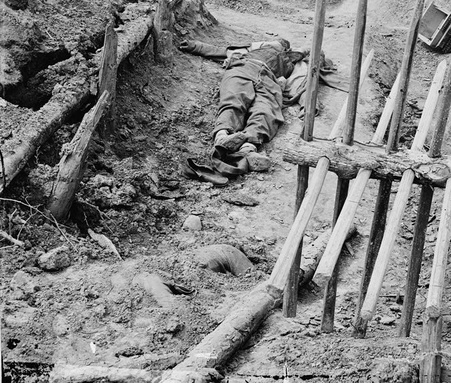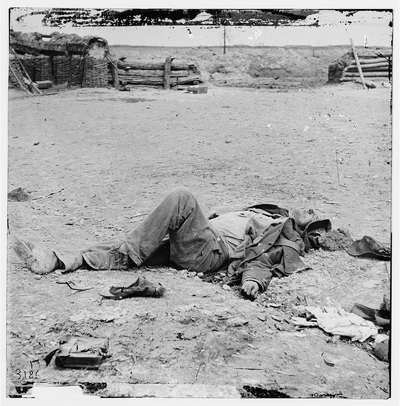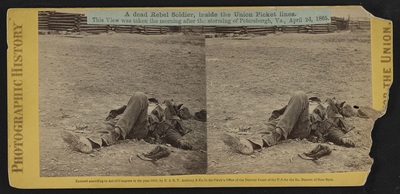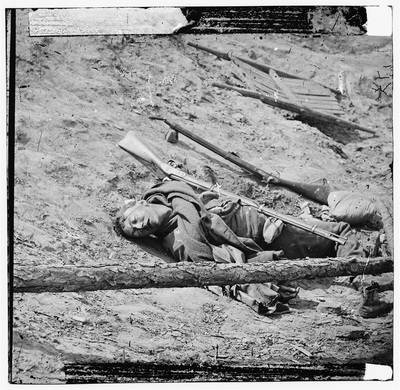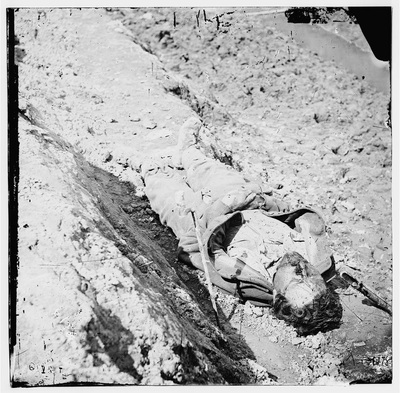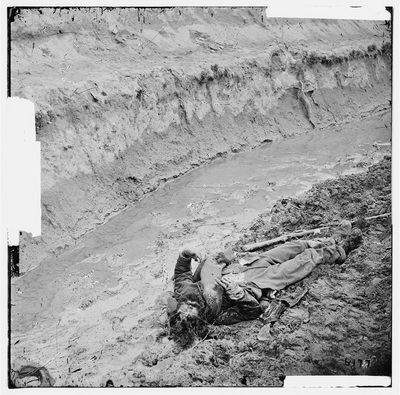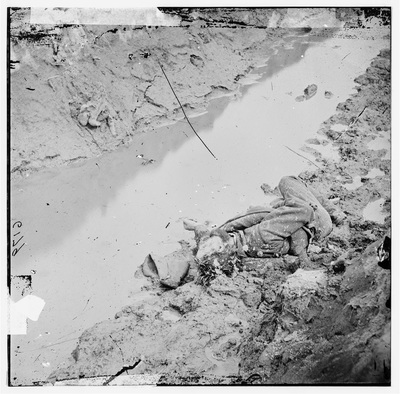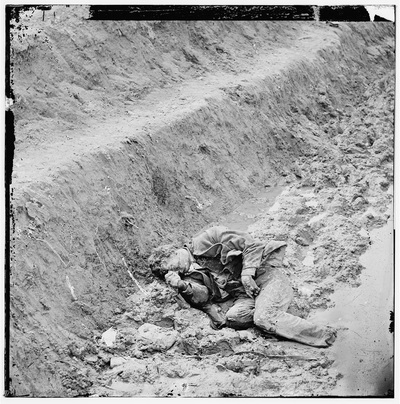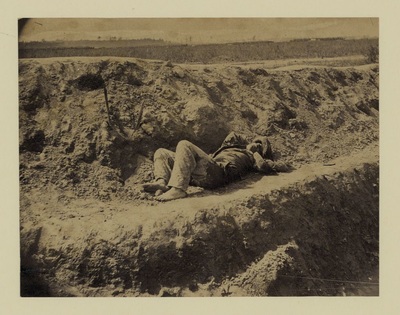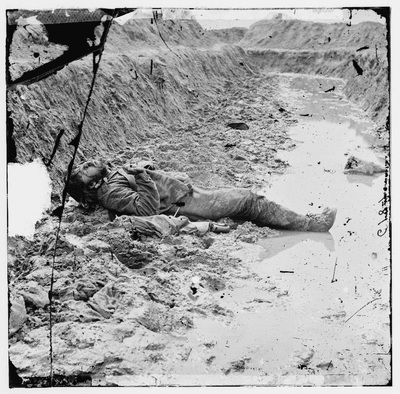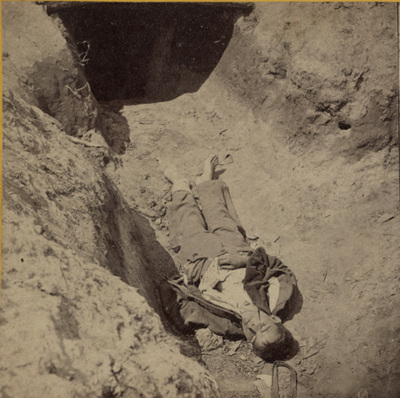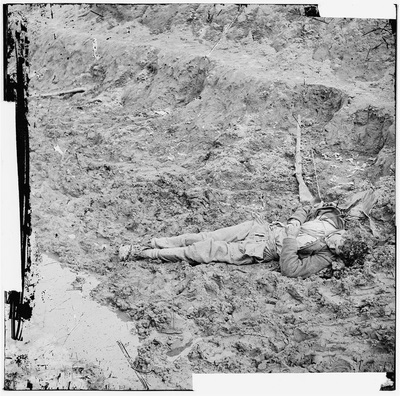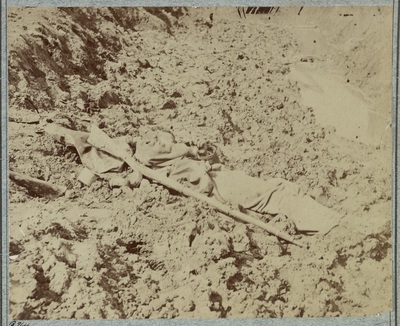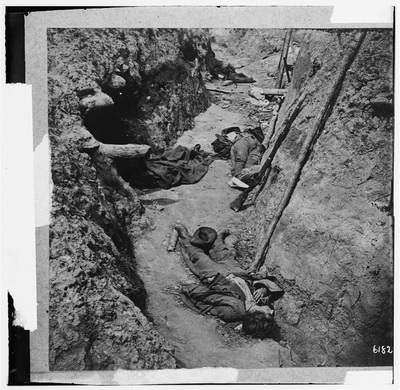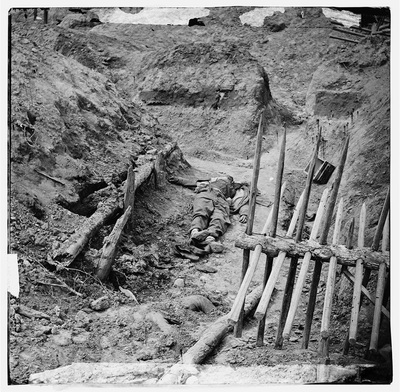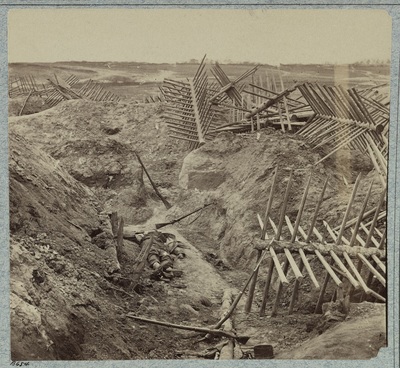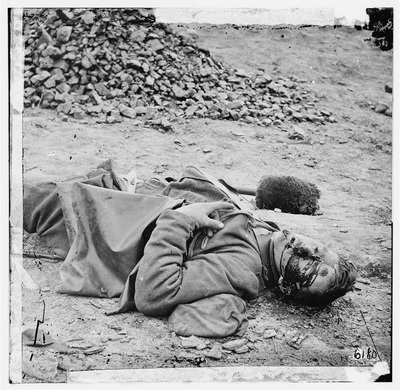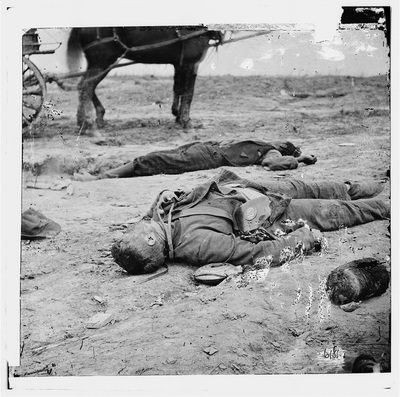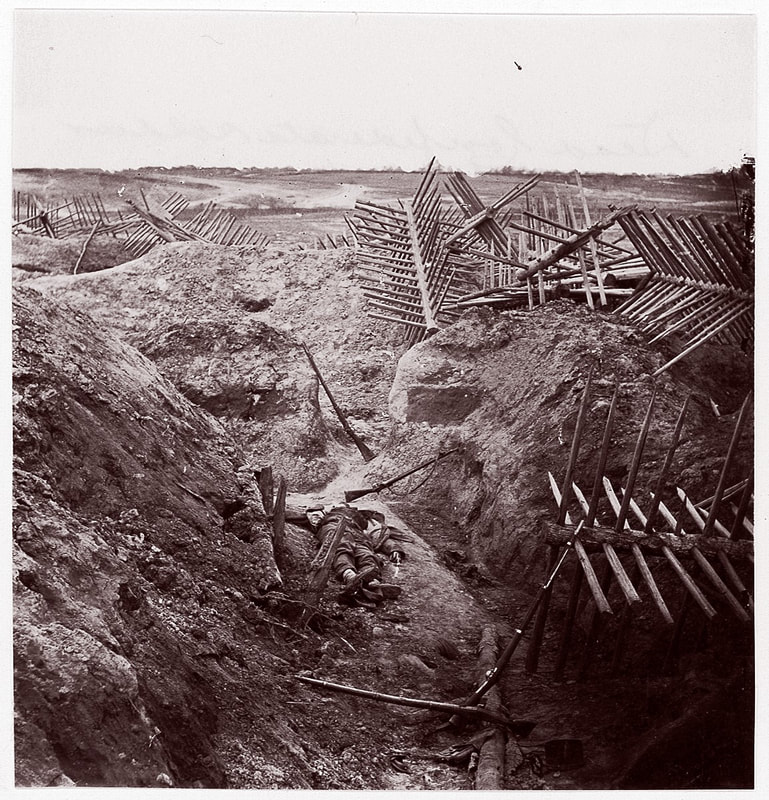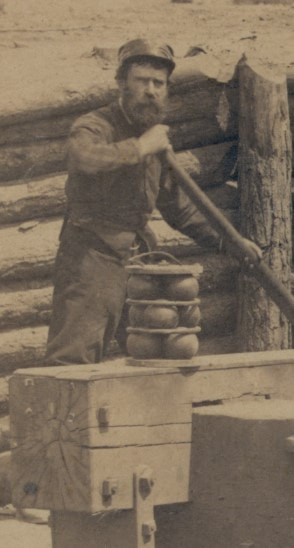THE PETERSBURG PHOTOGRAPHS
Thomas C. Roche, Photographer at Petersburg
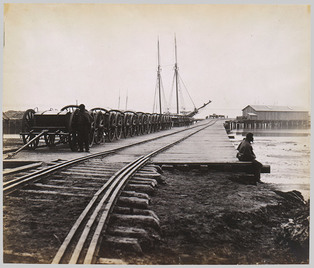 Thomas Roche, "Ordnance Wharf at City Point." Image posted by the New York Metropolitan Museum of Art.
Thomas Roche, "Ordnance Wharf at City Point." Image posted by the New York Metropolitan Museum of Art.
Thomas C. Roche learned his trade in the late 1850s in New York City, photographing the city and its harbor for brothers Edward and Henry Anthony, who established one the country's first companies to reproduce and sell stereographic images on a commercial scale -- E. & H. T. Anthony & Company. With the coming of war, the Anthony's supported many photographers in the field, marketing the photos for sale and distribution. By Fall 1864, Roche had attached himself to the Army of the James and took numerous photographs on the Bermuda Hundred front. While documenting construction of the Dutch Gap Canal, he came under fire. When an artillery round exploded nearby, Roche moved his camera and tripod to the smoking site and coolly continued his work, on the the theory that "lightening" wouldn't strike twice in the same place (see quotation below). By 1865, Roche was taking photographs on the side for Gen. Montgomery C. Meigs, Quartermaster General of the Regular Army. Meigs was intent on documenting the massive logistical effort that supplied the armies besieging Richmond and Petersburg. Roche was responsible for many of the images taken of the wharves and other facilities at City Point.
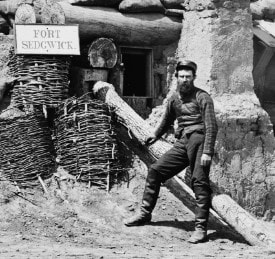 Photographer Thomas C. Roche posed in one of his photographs at Fort Sedgwick. (Source: Field, Ron. Silent Witness, 2017, page 276)
Photographer Thomas C. Roche posed in one of his photographs at Fort Sedgwick. (Source: Field, Ron. Silent Witness, 2017, page 276)
Roche was a shipping clerk and an amateur photographer from Brooklyn who opened a studio there in 1863. By Autumn 1864, Roche was free-lancing for E. & H.T. Anthony at Bermuda Hundred and Petersburg, he joined forces with Andrew J. Russell to take photos of the Dutch Gap Canal and City Point for the Quartermaster Corps. Roche was with Russell for the final assaults on Petersburg. Roche is best known to Civil War historians for his photographs of dead Confederate soldiers in the mud-filled trenches before Petersburg on April 3, 1865, the day after the trenches were abandoned. It is clear from several images that Roche was rushing to stay ahead of a burial party that had already buried the Union dead and had started covering Confederates in the ditches where they fell. Roche took at least twenty-four negatives of the dead from the picket lines along Jerusalem Plank Road and from Batteries 25, 26, and 27. These photographs were afterwards grouped together as taken at "Fort Mahone," a better known appellation for this section of Rives Salient.
Russell talks with Roche eve of battle
Because of his skill with the camera, Captain A. J. Russell had been detached from his regiment, the 141st New York Infantry, to work for Herman Haupt, Superintendent of the U. S. Military Railroad. Russell was well acquainted with Roche and recorded a conversation from the night before Roche photographed the Confederate Dead series.
On the right is an excerpt from Andrew J. Russell, "Photographic Reminiscences of the Late War," Anthony's Photographic Bulletin No. 13 (1882). |
"I cannot but relate a little incident among the thousands that transpired. It was at City Point, just before the move on Petersburg. Mr. Roche (now with Anthony & Co.,) entered my headquarters, and said, 'Cap., I am in for repairs and want to get things ready for the grand move, for the army is sure to move to-night or tomorrow night. The negatives on hand I wish to send North with some letters, prepare my glass and chemicals; in fact, get everything ready for the grand move, for this is the final one, and the Rebellion is broken, or we go home and commence over again.' |
"In the morning Petersburg was ours. I found Mr. Roche on the ramparts with scores of negatives taken where the fight had been the thickest and where the harvest of death had indeed been gathered - pictures that will in truth teach coming generations that war is a terrible reality. A few minutes later I saw his van flying towards the war-stricken city, and in the wake of a fleeing enemy. Many were the records he preserved that day that will last while history endures, to relate the eventful story of a victory sorely won."
Wikimedia contains more than 200 files in the Category "Photographs by Thomas C Roche," including many images from his western expeditions. Attributions to Roche are from a variety of sources.

